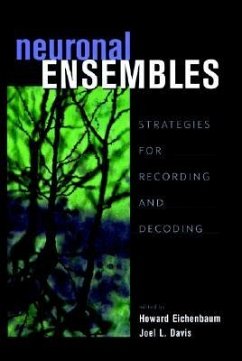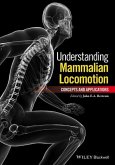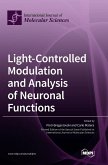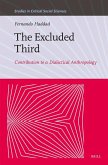The distributed coding hypothesis --the view that complex cognitive functions such as visual perception or memory formation are the work of large networks of neurons in areas of the cerebral cortex --is widely accepted in contemporary neuroscience. Yet only in recent years have tools emerged that can monitor the electrophysiological activity of neuron ensembles in the cortical areas of awake, behaving animals. The use of these multichannel recording techniques in biological network analysis is changing the way scientists view brain function. These methods also offer the possibility of a direct test of the distributed coding hypothesis. Neuronal Ensembles: Strategies for Recording and Decoding presents a comprehensive treatment of multichannel recording techniques --how to apply them and how to analyze the vast amounts of data they generate. Composed of contributions by leading neuroscientists at the forefront of this technology, the book covers groundbreaking work in multichannel microelectrode technology, analyses of single neuron spike trains, and ensemble analysis of cell populations. The authors outline established techniques, offer practical tips on developing new methods, and share their ideas for further brain research. Topics covered include: * Extracellular recording and analysis of neural activity * The relationship between neuronal codes and cortical organization * Cell assemblies and cognitive function * Neuronal population coding * Motor cortical information processing * Detection and identification of ensemble codes in the motor cortex * Ensemble recordings and the nature of stimulus representation in hippocampal cognitive maps * Methods, results, and issues related to recording neural ensembles * Neuronal ensemble dynamics in the hippocampus and neocortex during sleep and waking * Behavioral, electrophysiological, and genetic approaches to the study of synaptic plasticity and memory Neuronal Ensembles: Strategies for Recording and Decoding is an important reference for researchers, graduate students, and postdoctoral fellows in all areas of neuroscience, cognitive neuroscience, and bioengineering.
Hinweis: Dieser Artikel kann nur an eine deutsche Lieferadresse ausgeliefert werden.
Hinweis: Dieser Artikel kann nur an eine deutsche Lieferadresse ausgeliefert werden.








